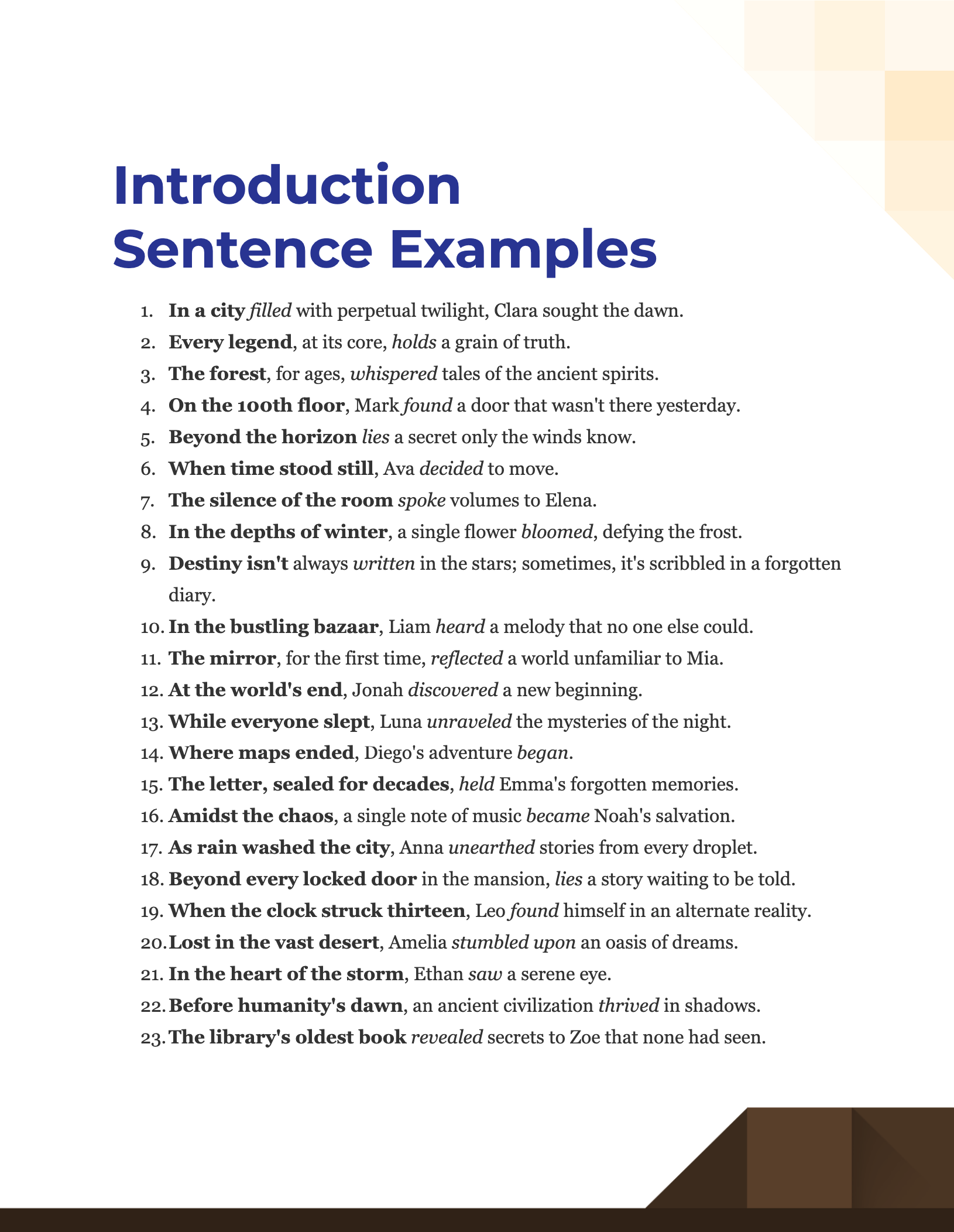Conditions play a crucial role in shaping the meaning and structure of a sentence. They provide necessary context and constraints that help convey the intended message effectively. Understanding how conditions work in a sentence can greatly enhance one’s ability to communicate clearly and concisely.
Whether it’s expressing a hypothetical situation, setting a requirement, or stating a possibility, conditions serve as the foundation of language that allows us to convey complex ideas. By using specific words or phrases to indicate conditions, we can create sentences that accurately reflect the circumstances being described.
Examples of Conditions in Sentences:
1. If it rains, we will cancel the outdoor event.
2. Unless you finish your homework, you cannot go out to play.
3. Provided that you meet all the requirements, you will be eligible for the scholarship.
4. In case of an emergency, please dial 911 immediately.
5. Should you have any questions, feel free to contact our customer service team.
Each of these examples illustrates how conditions can be used to establish a specific scenario or condition under which a certain action or outcome will occur. By incorporating conditions into sentences, writers and speakers can add depth and clarity to their communication.
Furthermore, mastering the use of conditions can help avoid ambiguity and ensure that the intended message is conveyed accurately. Whether expressing a possibility, requirement, or consequence, understanding how to structure sentences with conditions is essential for effective communication.
In conclusion, conditions in a sentence are vital components that help provide context, constraints, and clarity to our communication. By using words and phrases that indicate specific conditions, we can create sentences that accurately convey the circumstances being described. Mastering the use of conditions allows us to express hypothetical situations, requirements, and possibilities with precision and effectiveness.
